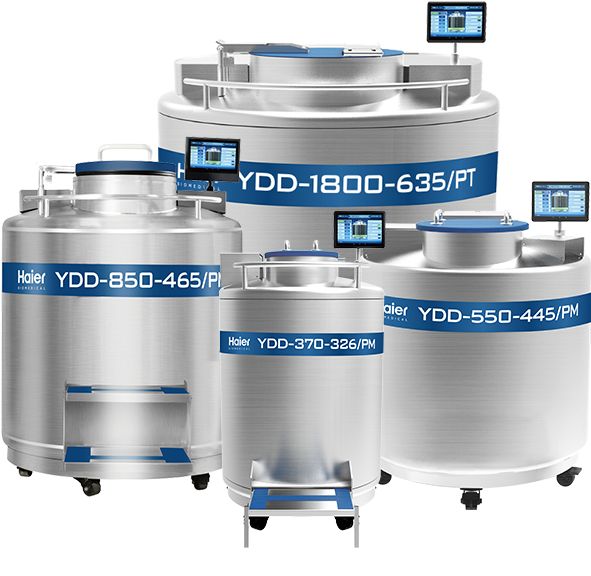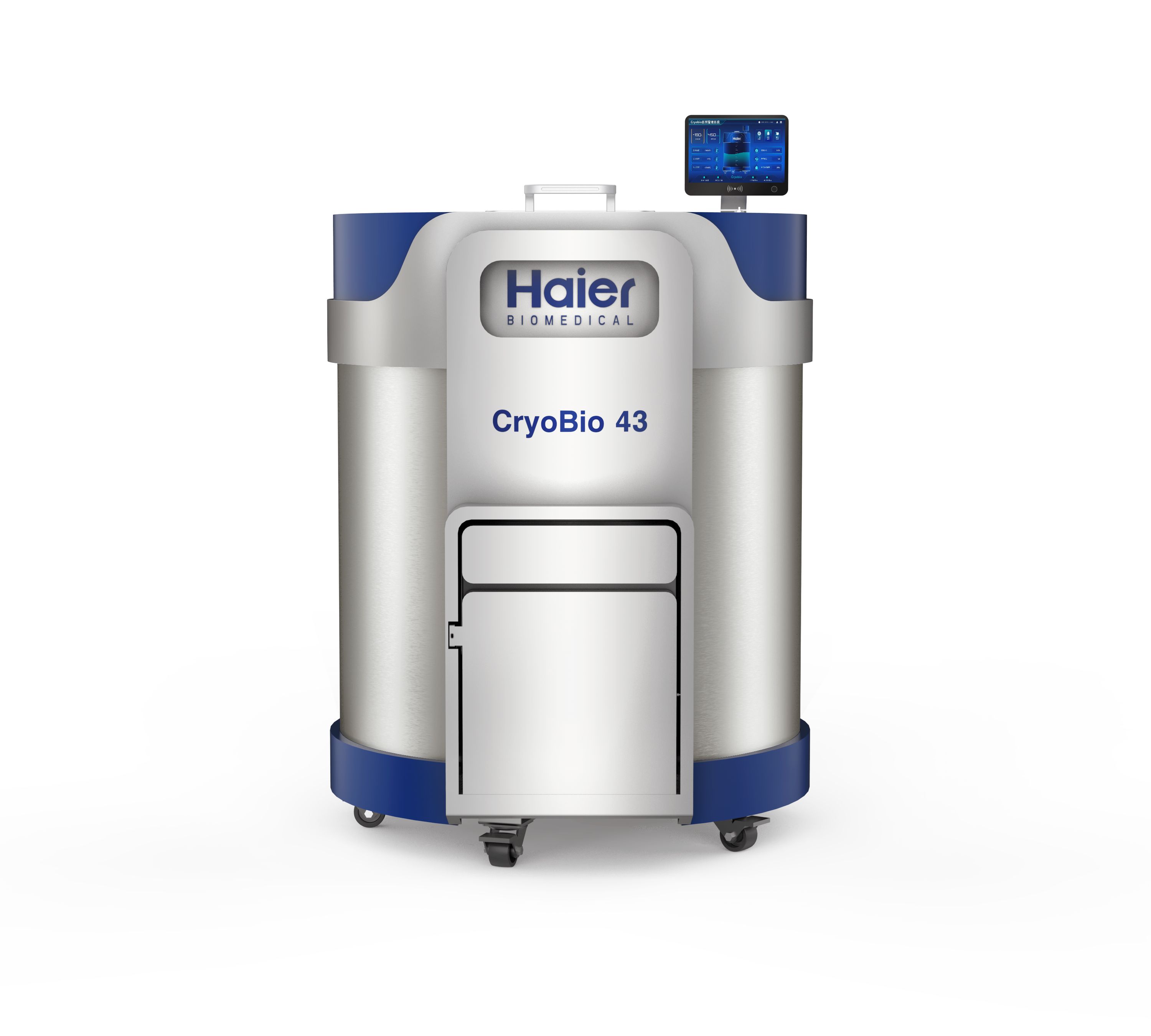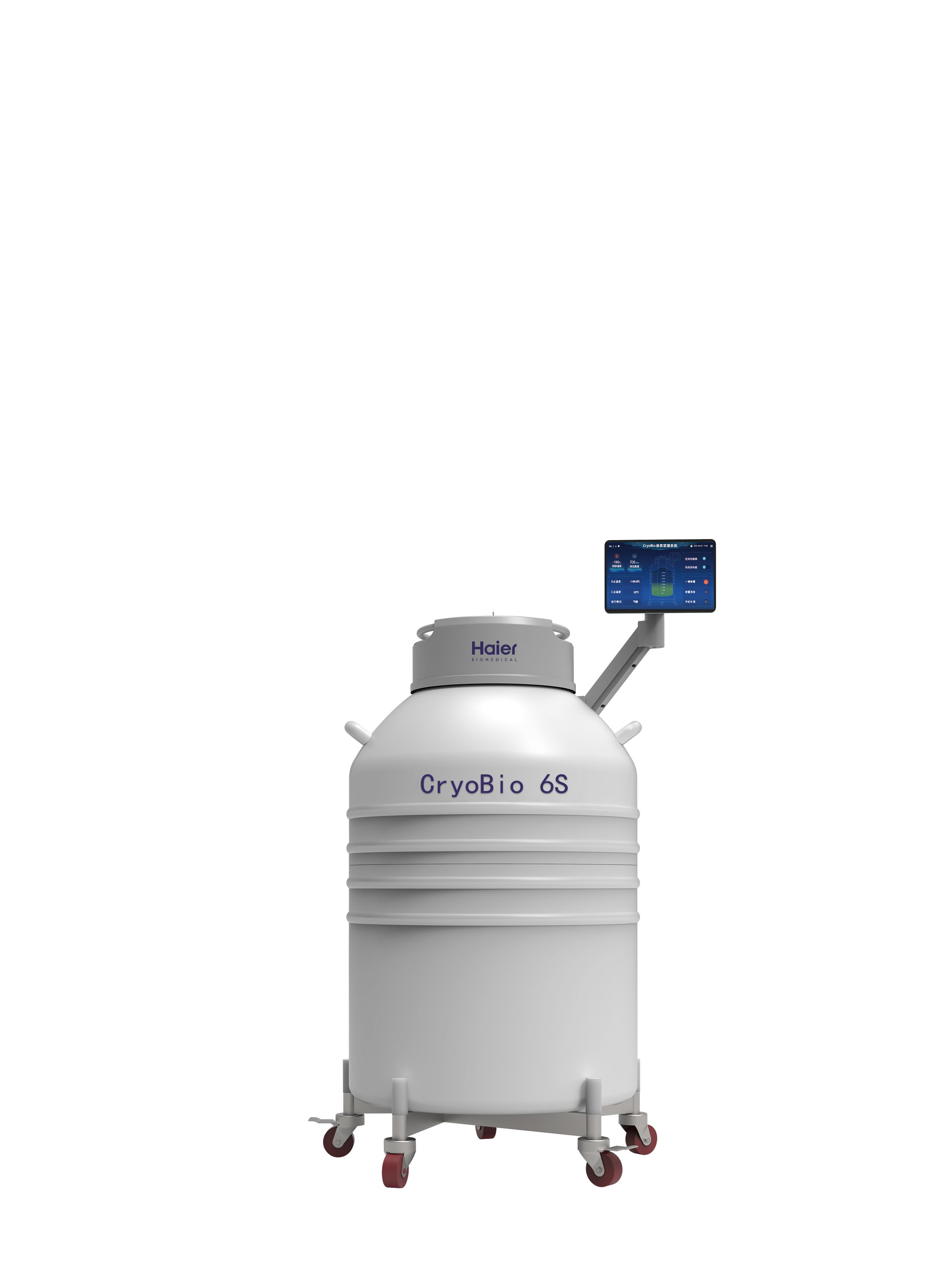Liquid nitrogen tanks are widely used storage devices in the fields of biomedicine, agricultural science, and industry. These tanks can be utilized through two methods: vapor phase storage and liquid phase storage, each with its unique advantages and disadvantages.
I. Advantages and disadvantages of vapor phase storage in liquid nitrogen tanks:
Vapor phase storage involves transforming liquid nitrogen into a gaseous state stored within the tank.
Advantages:
a. Convenience: Vapor phase storage eliminates concerns about the evaporation and temperature control of liquid nitrogen, making the operation simpler and more convenient.
b. Safety: As liquid nitrogen is in a gaseous state, the risk of liquid leakage is minimized, enhancing safety.
c. Versatility: Vapor phase storage is suitable for storing a large number of samples, such as biological samples and agricultural seeds.
Disadvantages:
a. Evaporation loss: Due to the high evaporation rate of liquid nitrogen, prolonged vapor phase storage may lead to nitrogen loss, increasing operational costs.
b. Limited storage time: Compared to liquid phase storage, vapor phase storage has a shorter sample preservation time.
II. Advantages and disadvantages of liquid phase storage in liquid nitrogen tanks:
Liquid phase storage involves directly storing liquid nitrogen in the tank.
Advantages:
a. High-density storage: Liquid phase storage can store a large volume of liquid nitrogen in a smaller space, increasing storage density.
b. Long-term preservation: Compared to vapor phase storage, liquid phase storage can preserve samples for a longer duration, reducing sample loss.
c. Lower storage cost: Liquid phase storage is relatively more cost-effective compared to vapor phase storage.
Disadvantages:
a. Temperature control: Strict temperature control is required for liquid phase storage to prevent excessive evaporation and sample freezing.
b. Safety risks: Liquid phase storage involves direct contact with liquid nitrogen, posing risks of nitrogen leakage and burns, requiring special attention to safety procedures.
III. Applications of liquid phase and vapor phase storage:
Liquid phase and vapor phase storage serve different purposes in various applications.
Applications of liquid phase storage:
a. Biomedicine: Liquid phase storage is widely used in biomedicine to preserve biological samples, cells, tissues, etc., supporting medical research and diagnostics.
b. Agricultural biology: Agricultural scientists use liquid phase storage to preserve important seeds, pollen, and frozen embryos, protecting crop genetic resources and improving varieties.
c. Vaccine storage: Liquid phase storage is a common method for preserving vaccines, ensuring their long-term stability and effectiveness.
d. Biotechnology: In biotechnology, liquid phase storage is used to preserve gene banks, enzymes, antibodies, and other essential biological reagents.
Applications of vapor phase storage:
a. Cell culture laboratories: In cell culture laboratories, vapor phase storage is suitable for short-term storage of cell lines and cell cultures.
b. Temporary sample storage: For temporary samples or those not requiring long-term preservation, vapor phase storage provides a quick and convenient storage solution.
c. Experiments with low refrigeration requirements: For experiments with less stringent refrigeration requirements, vapor phase storage is a more economical choice.
Liquid nitrogen tanks with vapor phase and liquid phase storage each have their pros and cons. The choice between storage methods depends on specific application scenarios and requirements. Liquid phase storage is suitable for long-term storage, high-density storage, and scenarios with higher economic demands. On the other hand, vapor phase storage is more convenient, suitable for temporary storage and scenarios with lower refrigeration requirements. In practical applications, choosing the appropriate storage method based on sample characteristics and storage needs will contribute to improved work efficiency and sample quality.
Post time: Dec-10-2023














